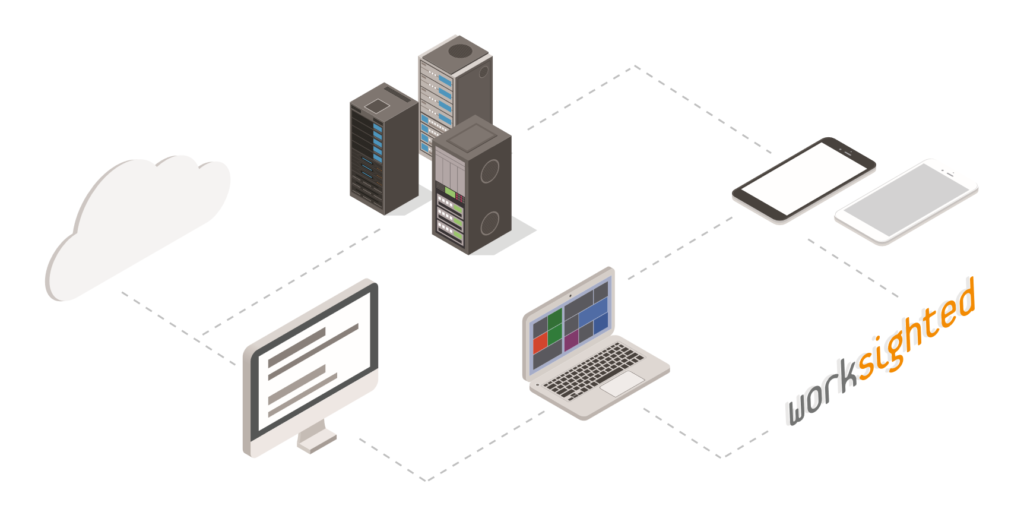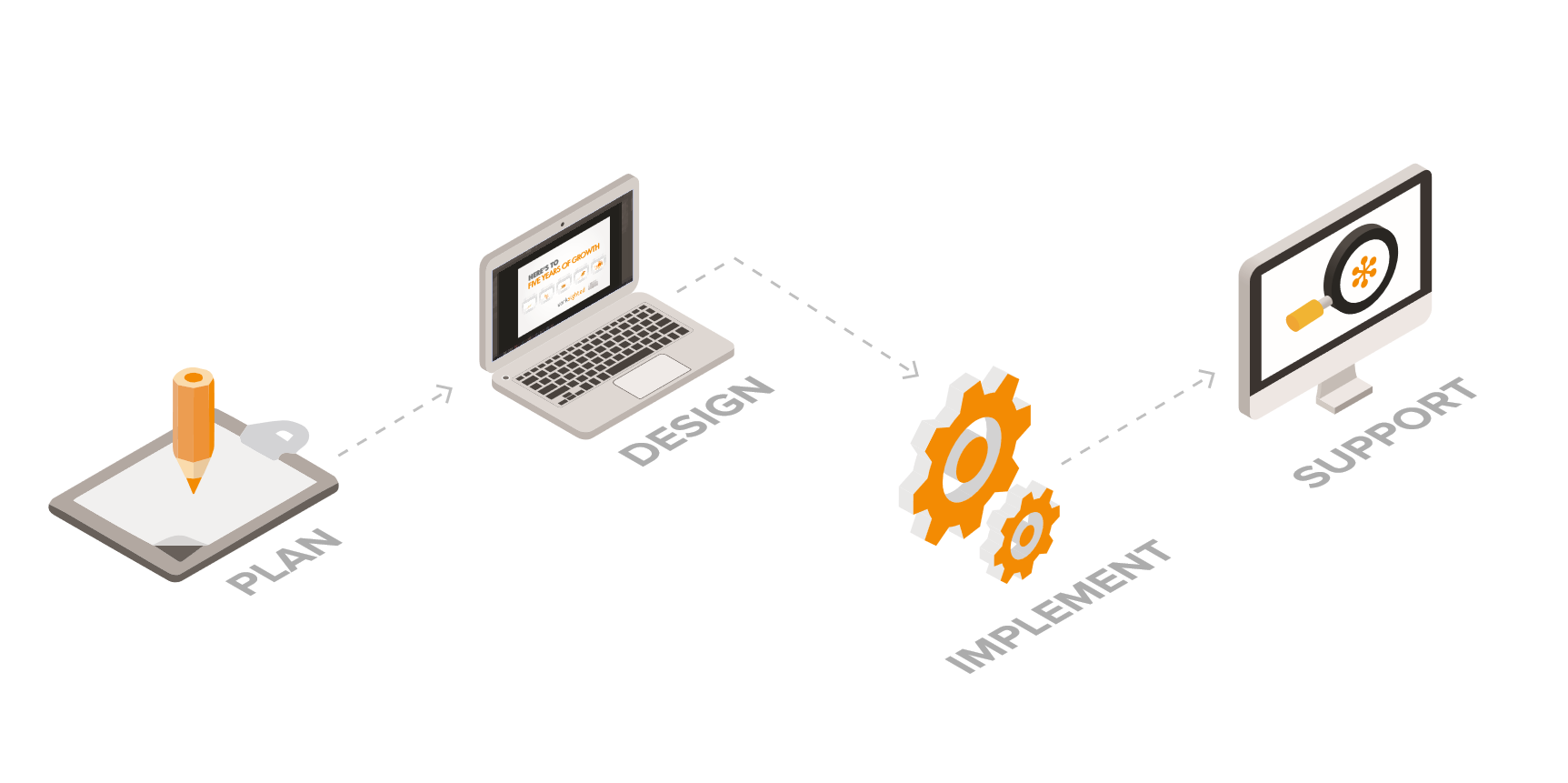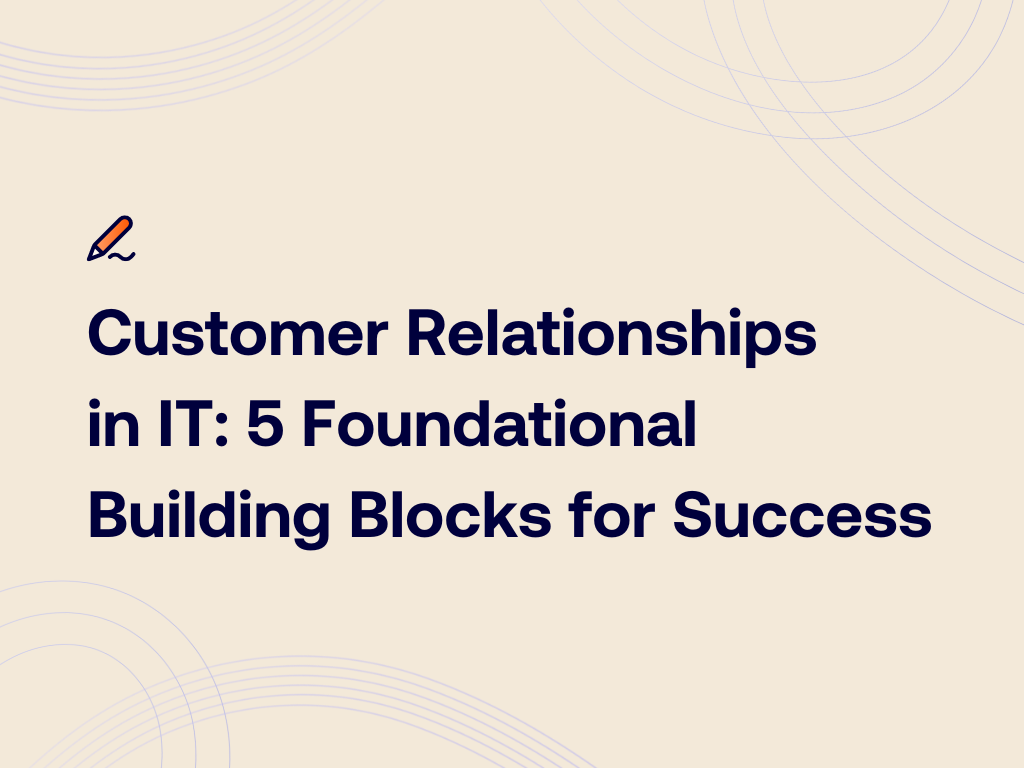Your Digital Transformation Strategy: No Longer a Question of ‘If’, but ‘When’.
What is Digital Transformation?
Digital transformation is when a company integrates digital technology into all areas of their business as a reaction to the growing digital climate. Culturally, however, it’s a steady evolution that requires companies to experiment with emerging technologies and processes.
So, is digital transformation just a fancy way of saying you’d like to move your data to the cloud, or is it an inevitable change that we all must make sooner or later? And if so, is a digital transformation strategy necessary to make such a change?
In this post, we’ll explain why digital transformation is more than just a fad, and offer realistic advice on how to start your exciting digital makeover.
More than a Buzzword?
You’ve heard the latest buzzword get thrown around a lot recently, which might make you wonder if uprooting your on-premises IT infrastructure is the way to go – but digitizing your IT has incredible benefits, it can save you time, money and valuable human resources.
- For one, cloud-based programs can be used at any time on almost any device with an internet connection. This leads to greater collaboration, especially for businesses with remote employees.
- It can be hugely expensive to maintain your own data servers in-house, which are even more expensive to repair. When your servers live in the cloud, you’re granted elasticity and 24/7 support. So, increasing capacity to support growth or handle busy periods becomes instantaneous. Overall, your ability to react to problems and even newer technologies is vastly increased.
Staying Ahead of the Curve
For your business to stay competitive, you must evolve with the times. Companies who have digitally transformed are 26% more profitable than businesses who are yet to make the change. Technology is also a malleable product that evolves alongside the consumer, so as your consumer’s expectations change so should your processes. So why not use the digital movement to spearhead your own custom software development, instead of sticking with traditional, worn-down business processes?
What does digital transformation look like?
You may not have even noticed the digital shift, but the impact has been huge. We can see it in the use of live chatbots on sites, replacing the telephone, allowing your customers to get answers they need quicker or deploying internal tools like Microsoft Teams to improve collaboration.
If you’re unsure where to start or need help forming a strategy, we can implement a cloud-based infrastructure for you, working with you to understand a digital transformation strategy best suited to your business. Our team of industry experts will confidently take you through the planning, design and implementation phases, with the peace of mind that you’ll have 100% support as you’re shifting.
Digitizing isn’t the Same as Transforming
Most companies will digitize existing processes for an array of different reasons—it could be to reduce costs by using Office 365, which has a monthly billing process. Or you may want to open channels of communication between departments with Microsoft Teams instant messaging feature. Which undoubtedly increases overall productivity.
None-the-less, it’s best to avoid using technology to mechanize old ways of doing business, by using a computer to speed up old processes. For example, re-engineering your purchasing processes to paperless invoicing by using an online database is one way to reimagine a standard process in every business.
So, here’s the trick!… You should ask if specific processes can be made better or if certain steps can be eliminated altogether. In short, think differently about the processes that you deploy technology to do. We aim to re-design processes to find imaginative ways to accomplish work, which not only fit with the times but can give you a sharp competitive edge.
Problems You Might Encounter
1) Managing the switchover
According to research by Capgemini, 1.5 million digital marketers with social media skills will be needed in the UK this year. But one of the biggest threats to your digital makeover will probably be the ‘but that’s what I’m used to’ attitude. With new technology comes new processes, and training can cost you valuable time and money. But the shift is inevitable and once your employees understand how much easier it will make their job, they’ll seize the change with both arms.
2) Balancing infrastructure with customer-facing innovative solutions
One form of digitalizing is for the benefit of the company. Another is for the ease of the customer. To be able to melt these two aspects together can be a problem especially when you’re trying to migrate your existing IT infrastructure. Customers may suffer during this process if your IT environment is disrupted and your employees are faced with downtime., You should plan your strategy gradually – so as not to disturb day-to-day operations too dramatically.
The most important thing to remember is that evolving businesses don’t reach tipping points! They spot opportunities before they become tipping points.
That is why we specialize in understanding new technologies and markets, to see what’s going to happen next. This way businesses can trial and experience products created by experts helping them take charge of the future.
To find out more about implementing technology for your business, explore Worksighted’s Professional IT Services or get in touch with us today.




